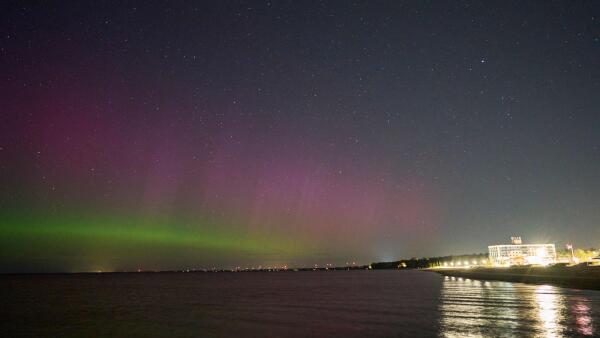On Friday, a stunning display of northern lights dazzled the night skies across Europe, the US, and even New Zealand, where the southern lights were visible.
This spectacle occurs when charged particles from the sun interact with Earth’s atmosphere near the magnetic poles, creating beautiful auroras.
In the US, the National Oceanic and Atmospheric Administration (NOAA) first issued a “severe” G4 geomagnetic storm warning but upgraded it to “extreme” G5 levels by Friday evening. This is the highest level on the space weather scale and the first such event since October 2003.

G5 storms can disrupt modern infrastructure, potentially affecting power grids and satellite communications. The 2003 Halloween storm, for instance, caused power outages in Sweden and transformer damage in South Africa.
The recent geomagnetic storm was triggered by a large sunspot cluster, 17 times the size of Earth, which produced several intense solar flares since last Wednesday. NOAA warned that more G4-G5 geomagnetic storms could occur over the weekend.
Meanwhile, North America is grappling with an unprecedented heatwave. In Mexico, temperatures soared to a record 51.1°C (124°F) in Gallinas on May 9, the highest for May and close to Mexico’s record.
This heatwave has severely stressed the power grid, leading to prolonged blackouts in various cities. Additionally, 159 wildfires have burned approximately 186,500 acres, including protected natural areas.
The extreme temperatures are exacerbating a severe water crisis, with much of Mexico facing significant drought conditions. Forecasts predict that high temperatures will persist, reaching the low to mid-40s°C for the rest of the month.

